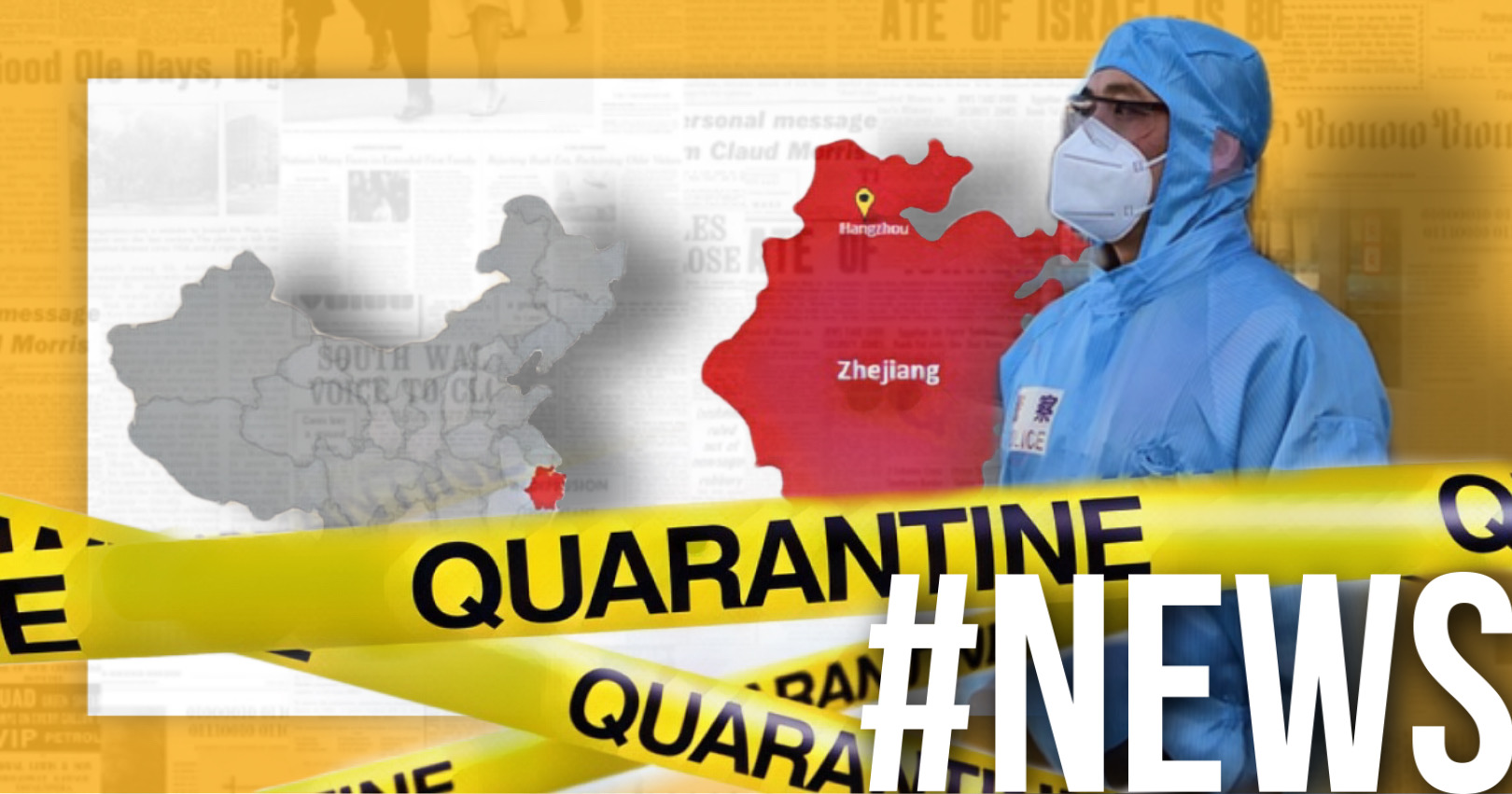China’s COVID-19 case spike forces another harsh lockdown
China is enforcing strict new measures, trying to contain the spread of COVID-19. The new initiatives are aimed to limit and discourage movement during the traditional migration period.
The following regions designated as high-risk zones are under some form of lockdown:
- Hebei province
- Heilongjiang province
- Jilin province
- Beijing (Shunyi and Daxing districts)
- Shanghai (Changning, Huangpu and Baoshan districts)
- Shandong province (Pingdu city)
- Shanxi province (Jinzhong city)
- Jiangsu province (Zhenjiang province)
Travellers in these areas will face a 14 days’ quarantine and will get tested for COVID-19.
80 regions, including Beijing and Shanghai districts, Shenyang, Xintai, Shijiazhuang, Suihua, Tonghua, Changchun are designated as medium-risk zones. Travellers from these zones are required to present a negative Covid-19 test result from the previous three days.
In low-risk and smaller regions the requirements are determined by the local authorities.
As the majority of our inspectors are foreigners, they are subject to stricter control measures. Many factories in Guangdong province allow only Chinese inspectors. Hebei province is under full lockdown.
Notably, some factories let their workers off to their provinces earlier this year, so as not to create a traffic collapse. Also, many factories are working long hours to have the goods shipped in time, as many forwarders have already stopped accepting new requests.
More Amazon news

How can New Year holidays in the US and Canada affect cargo delivery dates
Customs and shipping companies working schedule during the New Year Important information for more accurate forecasting of cargo processing speed in the US and Canada during the New Year holidays. Please note that Customs and shipping companies will not work during...

Major shutdowns in China due to new COVID outbreaks
Multiple companies in Zhejiang province have suspended operations due to COVID-19 outbreak, halting production of goods from batteries and clothing to textile dyes and plastics. Zhejiang is one of China's biggest and busiest manufacturing hubs. The local government...

Amazon is using sellers as a cash cow
Amazon collects a third of seller revenue A new study claims that Amazon makes far more from fees on its Marketplace platform than even the cash cow known as AWS, reports TechCrunch. According to the report by the Institute for Local Self-Reliance, sellers now give...


